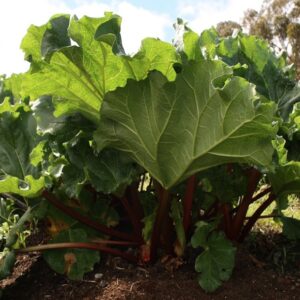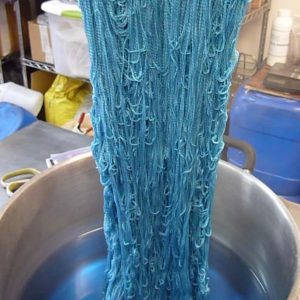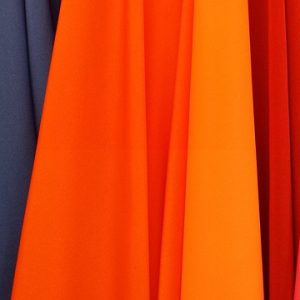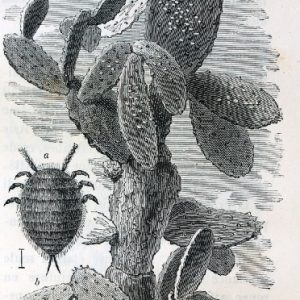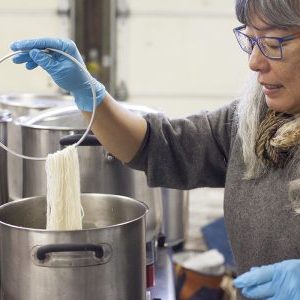Celebrate Juneteenth Through The Stories of 8 Black Natural Dye Artists
This year, as we celebrate and honor the (now federally recognized) Juneteenth holiday, we look back on the stories eight black, natural dye artists have shared with us. As we all continue to learn and grow from these stories, we urge you to reach out within your regional natural dye and fiber communities to usher in more diversity. If we have learned anything from FEEDBACK FRIDAY, it’s that we can tell so many stories through natural dyeing that gather more people, not always our choir, to get a little closer to us to just listen…and hopefully sing. About Juneteenth: From … Read more



